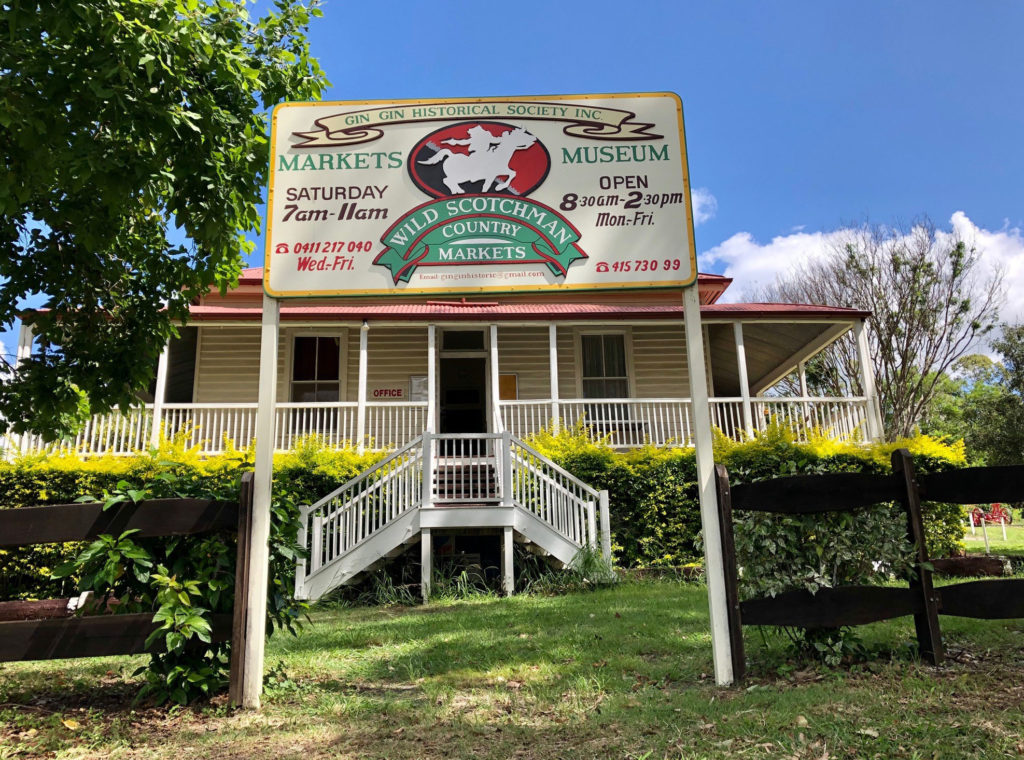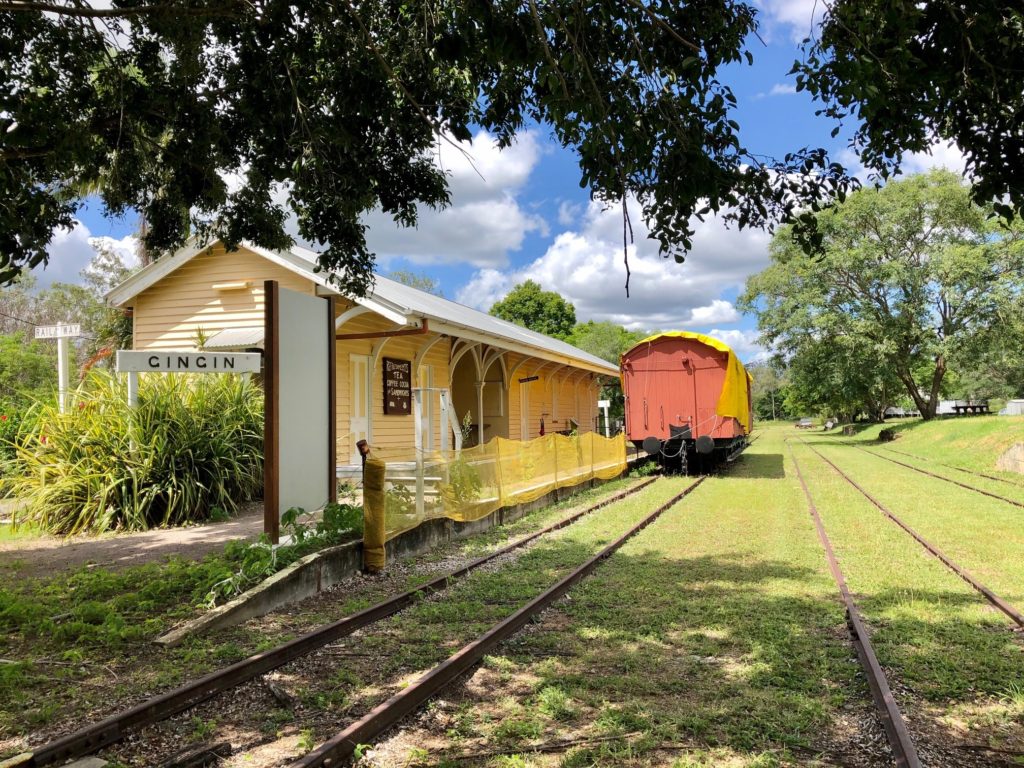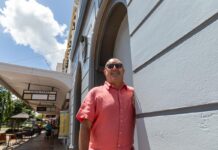
Stroll through the gates of the well-maintained post and rail fence and you enter Gin Gin Historical Village, a place where the past lives in blissful harmony with the present.
It’s not surprising that the office, the quaint building central to the preservation work of Gin Gin and District Historical Society Inc, is a former school headmaster’s building. To this day it remains a place of education.
Society president Hetty Mois heads a dedicated group of volunteers who do their utmost to ensure the assets of the Society are maintained for future generations to ponder and to explore linkages with the past.
The Society’s home base is a gorgeous seven acres (2.8 hectares) of former Queensland Rail land, the site of the former Gin Gin Railway Station and which is now known as the Gin Gin Historical Village.
The station buildings, signage, some rail line and a couple of carriages are set amidst other railway buildings and a welter of donated memorabilia that reflects the strong agricultural roots the former Kolan Shire enjoyed.
Hetty admits it’s a big area to maintain and running the Historical Society is like running a small business. “There’s always the costs like rates, electricity and insurances to meet,” she said.

Markets provide income for society
“We have a caretaker who lives on site and does a marvellous job in maintaining the grounds and our assets.
“The main source of revenue, other than the generosity of donors, is the weekly Saturday Markets,” said Hetty.
“They’re called the Wild Scotchman Country Markets – after Gin Gin’s famous bushranger James MacPherson – and we hold them every Saturday from 7am until 11am.
“We generate revenue out of the site fees and the barbecue breakfast we run.”
“The Historical Society experiences the same problem as many other volunteer organisations and community groups,” said Hetty. “An ageing membership and dwindling numbers. The people we do have are marvellous toilers and we really appreciate the time and effort they put into our group.”
A trip to the Gin Gin Historical Village is one of those occasions where you will undoubtedly have ample space for a family outing or just a desirable location to spend quiet time and immerse yourself in the reminders of yesteryear.
“People are welcome to come and enjoy the grounds and to explore the external displays. There is a small cost if anyone wants a guided tour or access to the museum.
“The museum is an absolute gold mine of memorabilia and it’s easy to spend a few hours looking, reading and discussing the amazing collection that is held in the building. We think the building’s pretty secure,” quipped Hetty. “It was once a police residence.”

Village grounds popular for social occasions
“The grounds, because they are so tranquil and peppered with interesting displays are often used in weddings or other social functions.
“On site there are also original slab huts, the “Bunyip” steam locomotive that hauled sugar cane around this area and an area set aside for indigenous celebration for the traditional owners, the Taribelang.”
“We do welcome tour groups, but we would request people phone ahead and book. Tours can include morning tea at a modest per head cost,” said Hetty.
“We have had some discussions with Council regarding the proposed construction of a rail trail from North Bundaberg to Gin Gin with the trail following the old rail line that operated from July 19, 1881 until January 17, 1992.
“We understand that this project is still in its development stage, but we anticipate it could be a really exciting project for the region.”
The village is opposite the Gin Gin Post Office and enquiries regarding tours of the Historical Village can be directed to 41573099 during opening hours Monday to Friday from 8.30am until 2.30pm.
- Other news: Take a virtual tour of Gin Gin Community Hub







